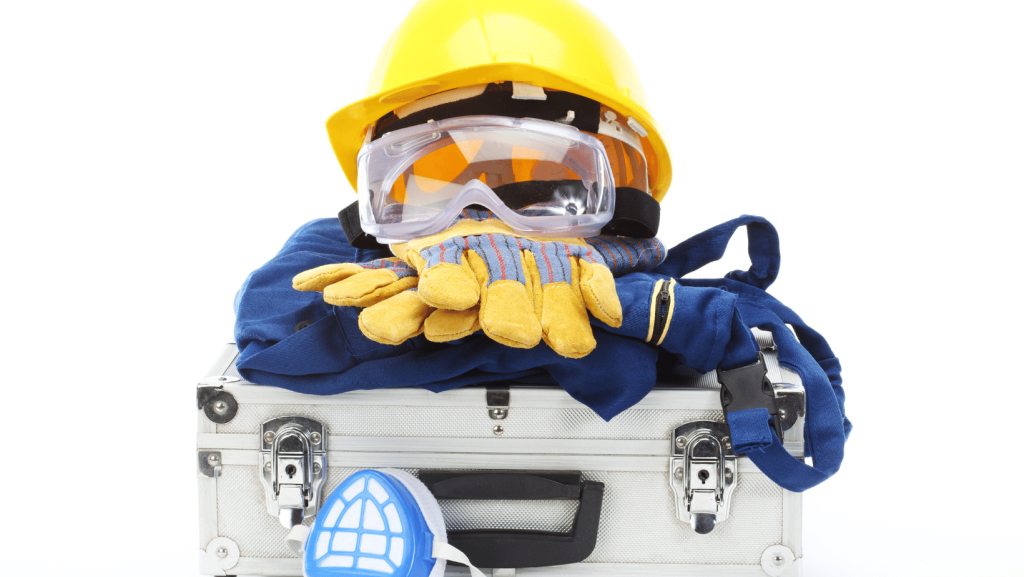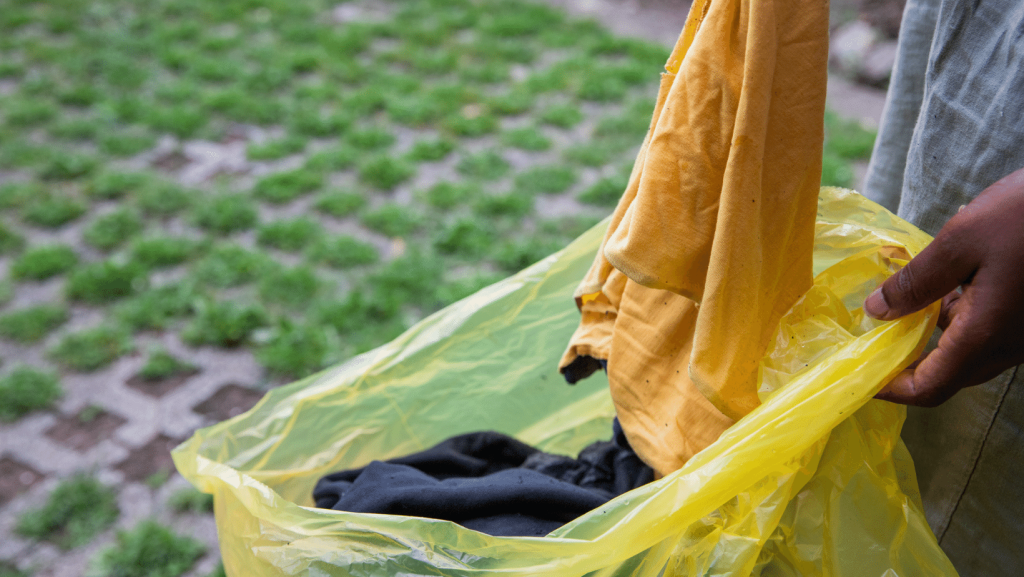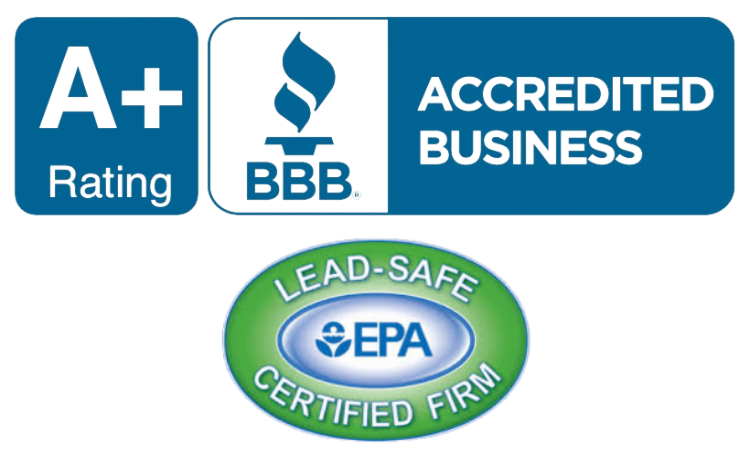Prepare Your Work Area Properly
The first thing you should do is clear out the area. Take everything out of your space, such as wall decor, pictures, furniture, and other objects. This will save you time and work if you do it first, instead of later when you’re ready to paint. It is also essential to cover the floor with drop cloths or tarps to prevent paint drips and splatters. This small measure will save you hours of time and effort spent on cleaning later.
Wear Protective Gear
Using protective measures for your skin while painting or repainting the interior of your house is essential. Either wear old clothes or cover everything on yourself so you don’t get paint on your personal attire. This not only protects your clothes but it also protects your skin from any contact with paint or solvents.

Ensure Proper Ventilation
Ventilation must be a top priority during the interior painting of the house, as it is necessary to keep the air moving freely. Open up all the windows and doors to ensure proper air circulation and to dilute the paint fumes. This seemingly small action will help with the quality of air and your overall pleasure during the process of painting.
Attend Professional Safety Classes and Take All Measures to Handle the Paint and Solvents Correctly
When you start to paint, it is essential first to carefully read the directions on the paint and solvent containers. Having a solid understanding of proper instructions will help you with application and cleanup procedures. These safety protocols will prevent accidents, spills, and any possible health threats.
It is imperative to maintain certain precautions during painting to avoid letting paint and solvents come into direct contact with your skin.
Ladder Safety Precautions
You may find that you need an appropriate ladder to get to the higher areas when painting inside the house. The ladder should be in good shape, safe, and able to accommodate your weight.
Correct initial setting up of some ladders is necessary. The ladder placement has to be done on a stable, firmly leveled surface. It must be secured to prevent it from moving or collapsing. Do not forget to keep three-point contact with rungs at any time, having two hands (or two feet) and one foot (or one hand) on the ladder as you move.
Check for the presence of Lead-based Paints and Respond Accordingly
In cases where your house was built in 1978 or even earlier, lead-based paint may be present. Disrupting such kind of paint, of course, may cause harmful lead-dust inflow in the room, and this situation can be dangerous if such harmful substances are inhaled or ingested.
When taking on a painting project, you should find out whether the existing paint has lead or not. Here, you can hire a professional to test the paint or purchase a kit to test for the lead base. Lead in solvents and paints can be detected by the laboratory. So, hiring a well-trained professional contractor with the necessary facilities and gear to deal with this hazardous material removal and disposal is advisable.
Dispose of Waste Responsibly
When you are finally done with your paint project, see to it that you dispose of any remaining paint and paint-related waste in a responsible manner. Ensure you properly dispose of these materials and mitigate risk of contaminating the environment and clogging the system.
When you have extra paint left over, please try to recycle it. Many communities offer recycling programs for paint materials, and they often ensure that unutilized paint is disposed of properly. With this method of disposal, you get rid of your paint and minimize waste, much to the environment’s benefit.

Take Breaks and Stay Hydrated
When painting in your home has been quite strenuous, you must stretch every now and then to avoid fatigue and overexertion. Fatigue might increase your chance of accidents, including slipping, tripping, and spilling, among many others; hence, ensure that your body is resting for extended periods.
Take some time out between these breaks to drink water. As a result of dehydration, you may experience dizziness, headaches, and other health-related problems. This can hurt your performance and safety. Put a bottle of water in a safe place and have a few sips occasionally.
Make Sure the Work of Removing the Gunk after the Painting is Completed
After you’re done with the painting, make sure you dispose of the waste and clean it up to keep the room safe. Properly cleaning and storing all the tools and equipment you use for painting is vitally important. The process involves washing brushes, rollers, and trays to drying and storing them again in an optimal way for reuse.
Take the time to remove any paint that might have stuck to your skin. Cleanse properly and gently so that all paint marks are removed, so that the paint doesn’t cause irritation or skin problems.
Then, remove any paint or rags and all other waste in conformance with the local laws. Do not pour or leave your paint in an open container or down drains since this can be toxic to the environment and your home’s plumbing system.
In short, by using these essential safety tips, you can finish painting successfully and without hazards, protecting your home’s interiors. From organizing the place and wearing suitable equipment and clothing, to correctly working with paint and solvents and proper dumping of waste, every step is crucial in ensuring that the project is done in a safe and proper manner. Always keep this in mind throughout the process, and you will revel in the outcome that you have laboriously worked for

